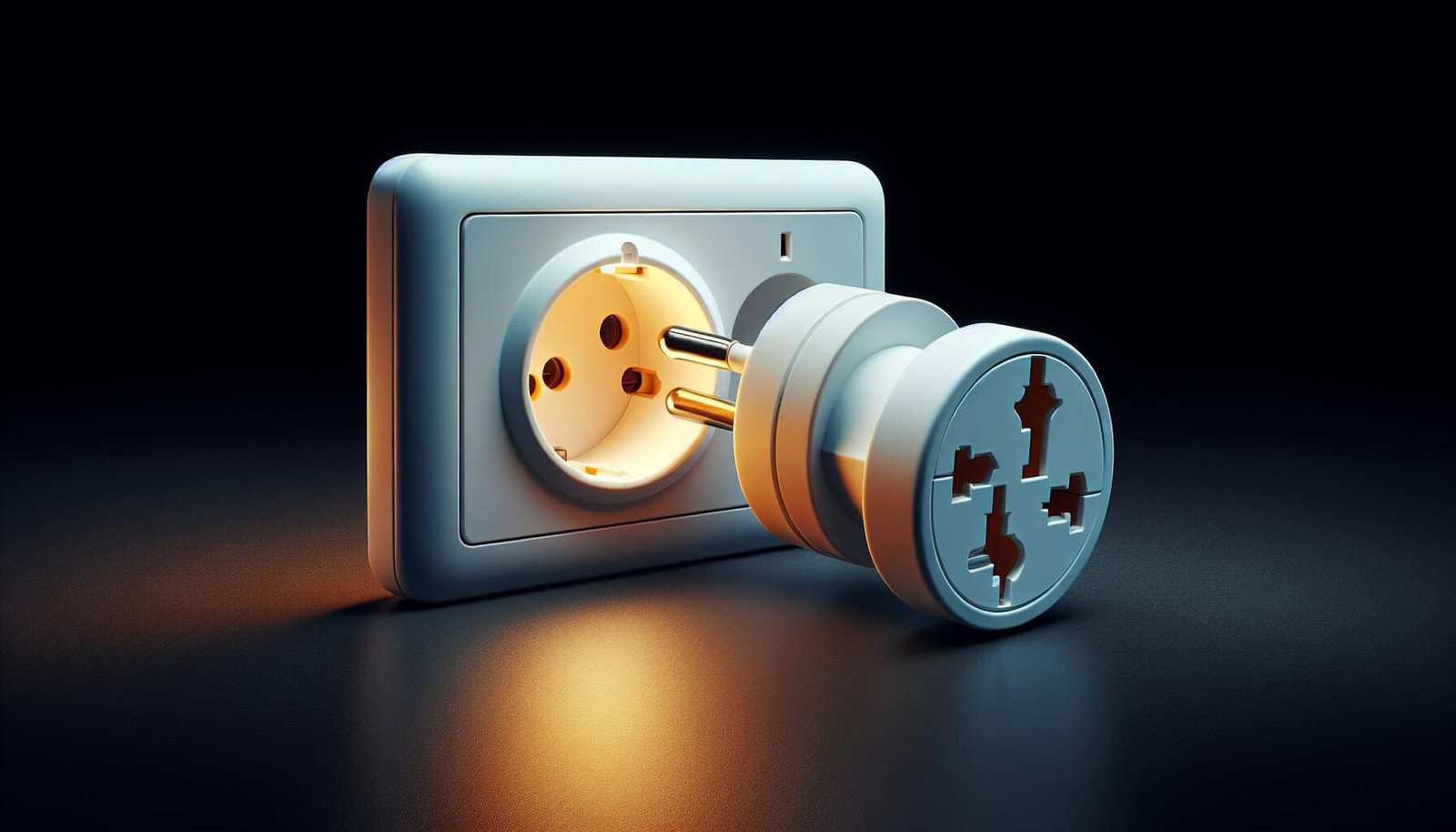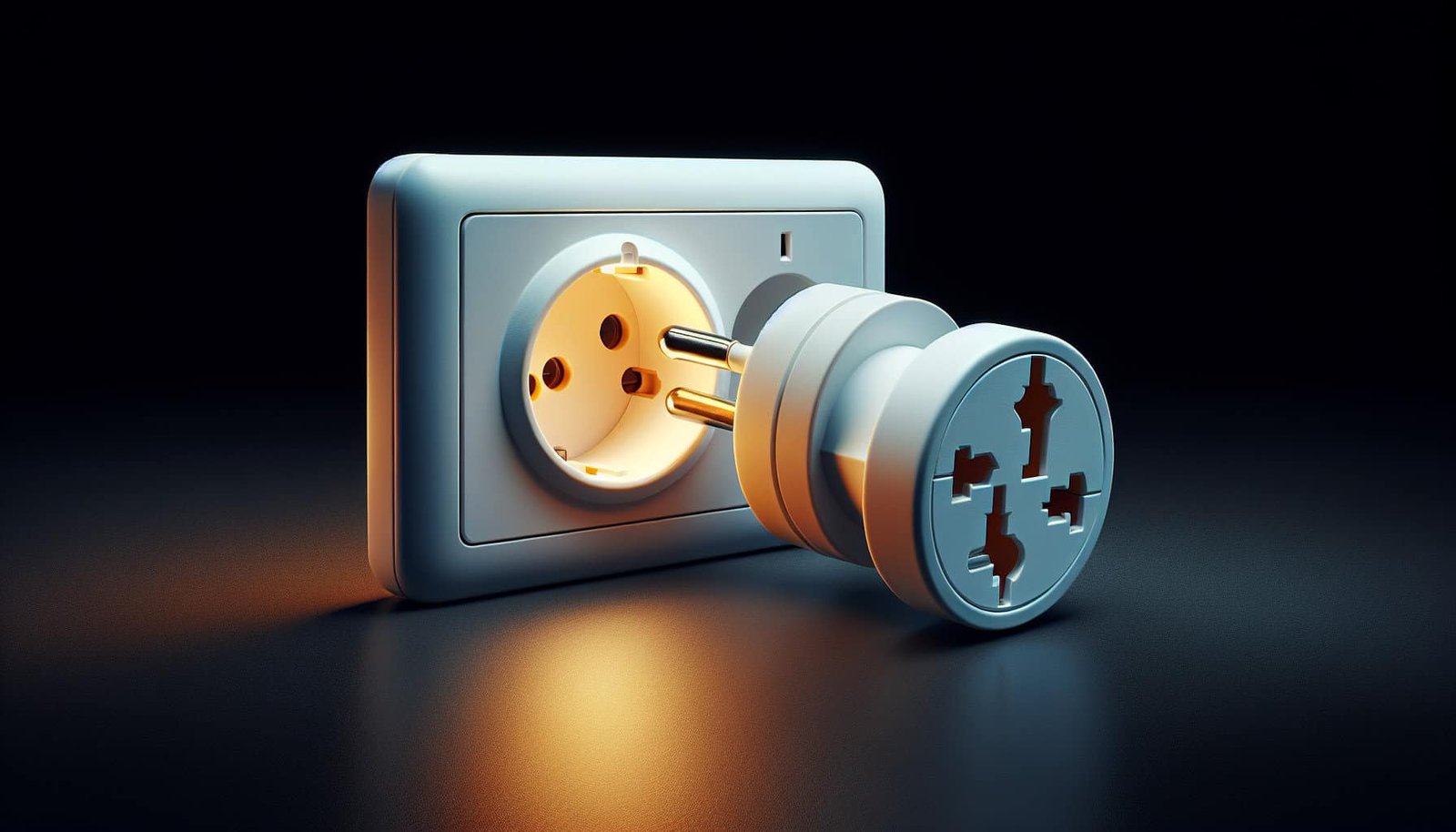Whether you’re a frequent traveler or planning your first trip to Nicaragua, one common concern is how to use your electrical devices with the local power outlets. From charging your phone to using your laptop, it’s important to know whether your devices will work seamlessly in Nicaragua. In this article, we’ll explore the compatibility of electrical devices with the local power outlets, so you can stay connected and powered up throughout your trip.

Understanding Power Outlets in Nicaragua
Voltage and Frequency in Nicaragua
When it comes to using electrical devices in Nicaragua, it’s important to understand the voltage and frequency used in the country. Nicaragua operates on a standard voltage of 120 volts and a frequency of 60 Hz. This means that if you are planning to use your electrical devices from another country, you need to ensure that they are compatible with these specifications.
Types of Power Outlets in Nicaragua
In addition to voltage and frequency, it’s also crucial to consider the type of power outlets used in Nicaragua. The most common types of power outlets found in the country are Type A, Type B, and Type C. Each of these outlets has different configurations and can accommodate different types of plugs.
Determining Compatibility of Electrical Devices
Check the Voltage Requirements
The first step in determining the compatibility of your electrical devices with the power outlets in Nicaragua is to check their voltage requirements. Most devices have a voltage specification listed on their power adapter or in their user manual. Make sure to verify that the voltage range of your device includes 120 volts, which is the standard voltage in Nicaragua. Using a device that is not compatible with the local voltage can lead to damage or even potential safety risks.
Check the Plug Type
Along with voltage, it’s essential to check the plug type of your electrical devices. Different countries use different types of plugs, and Nicaragua is no exception. The three main plug types found in the country are Type A, Type B, and Type C. To ensure compatibility, you need to determine if your device’s plug can fit into the Nicaraguan outlets.
Consider the Need for a Voltage Converter
If your electrical device does not meet both the voltage and plug type requirements for Nicaragua, you may need to consider using a voltage converter. A voltage converter is a device that can transform the electrical voltage from one level to another, allowing you to safely use your devices in different countries. However, it’s essential to note that not all devices require a voltage converter.
Voltage and Frequency in Nicaragua
Standard Voltage in Nicaragua
As mentioned earlier, the standard voltage in Nicaragua is 120 volts. This voltage is commonly used for domestic purposes and is compatible with most electrical devices designed for use in North America.
Frequency in Nicaragua
The frequency of the electrical power supply in Nicaragua is 60 Hz. This frequency is consistent with most countries in the Americas, including the United States and Canada. It’s crucial to ensure that your electrical devices can handle this frequency to prevent any potential damage or malfunction.
Types of Power Outlets in Nicaragua
Type A
Type A power outlets are commonly found in Nicaragua. These outlets have two flat parallel pins and do not have a grounding pin. They are compatible with devices that use Type A and Type B plugs.
Type B
Type B power outlets are also prevalent in Nicaragua. These outlets have two flat parallel pins and a grounding pin. They are compatible with devices that use Type A and Type B plugs.
Type C
Type C power outlets are less common but can still be found in some areas of Nicaragua. These outlets have two round pins and are compatible with devices that use Type C plugs.

Type A Power Outlets
Description
Type A power outlets in Nicaragua have two flat parallel pins and do not have a grounding pin. They are typically found in older buildings and may not be as common in newer constructions.
Voltage and Frequency
Type A power outlets in Nicaragua have a standard voltage of 120 volts and a frequency of 60 Hz. This voltage and frequency are the same as the overall standards in the country.
Examples of Compatible Devices
Devices that have Type A or Type B plugs can be used with Type A power outlets in Nicaragua. This includes devices such as laptops, smartphones, cameras, and other small electronic devices.
Type B Power Outlets
Description
Type B power outlets in Nicaragua have two flat parallel pins and a grounding pin. They are the most common type of power outlets found in the country and are generally found in newer buildings.
Voltage and Frequency
Type B power outlets in Nicaragua have a standard voltage of 120 volts and a frequency of 60 Hz. These specifications are consistent with the overall voltage and frequency standards in the country.
Examples of Compatible Devices
Devices that have Type A or Type B plugs can be used with Type B power outlets in Nicaragua. This includes devices such as laptops, smartphones, cameras, and other small electronic devices. Additionally, devices that require grounding, such as larger appliances, can also be used with Type B power outlets.

Type C Power Outlets
Description
Type C power outlets in Nicaragua have two round pins and are less common compared to Type A and Type B outlets. They can be found in some areas of the country, particularly in newer constructions.
Voltage and Frequency
Type C power outlets in Nicaragua also have a standard voltage of 120 volts and a frequency of 60 Hz. The voltage and frequency requirements for Type C outlets are the same as those for other outlet types in the country.
Examples of Compatible Devices
Devices that have Type C plugs, which include most European and Asian devices, can be used with Type C power outlets in Nicaragua. This includes devices such as laptops, smartphones, cameras, and other small electronic devices designed for international use.
Check the Voltage Requirements
Using Electrical Devices with Different Voltages
It’s crucial to check the voltage requirements of your electrical devices before using them in Nicaragua. Devices that are designed for use in countries with a different voltage system may not be compatible with the standard voltage of 120 volts in Nicaragua. Using such devices without a voltage converter can lead to damage and potential safety risks.
Potential Issues and Risks
If you attempt to use a device with a higher voltage rating than the standard voltage in Nicaragua, it can cause the device to overheat or even catch fire. On the other hand, using a device with a lower voltage rating than the standard can result in the device not functioning correctly or not working at all. It’s important to ensure that your devices are compatible with the local voltage to prevent any potential issues or risks.

Check the Plug Type
Using Plug Adapters
To use your electrical devices in Nicaragua, you may need to use plug adapters if the plug type of your devices is not compatible with the Nicaraguan power outlets. Plug adapters allow you to convert your device’s plug type to fit into the local power outlets. These adapters are relatively inexpensive and can be found in many electronic stores and travel shops. It’s essential to choose the right plug adapter that matches the plug type of your device and the power outlet you plan to use in Nicaragua.
Potential Incompatibilities
While plug adapters can be helpful for connecting devices with different plug types, they may not address all compatibility issues. Some devices may require a grounding connection, which may not be available in all power outlet types in Nicaragua. In such cases, using a plug adapter may not be sufficient, and you may need to consider alternative solutions.
Consider the Need for a Voltage Converter
Understanding Voltage Converters
A voltage converter is a device that can transform the electrical voltage from one level to another. If your device requires a different voltage than the standard 120 volts in Nicaragua, a voltage converter can help you safely use the device without the risk of damage or malfunction. Voltage converters are available in various sizes and capacities, depending on the power requirements of your devices.
When is a Voltage Converter Needed?
A voltage converter is typically needed when your device requires a voltage that is higher or lower than the standard voltage in Nicaragua. If your device has a voltage range that includes 120 volts, you usually do not need a voltage converter. However, it’s important to consult the specifications of your device or contact the manufacturer to ensure compatibility.
Selecting the Right Voltage Converter
When selecting a voltage converter for your devices, it’s crucial to consider the power consumption and wattage requirements of each device. The voltage converter should have a wattage rating that is equal to or higher than the cumulative wattage of all the devices you plan to use. Additionally, it’s recommended to choose a voltage converter that offers surge protection to prevent any power fluctuations from damaging your devices.
In conclusion, understanding the power outlets in Nicaragua is essential when using electrical devices in the country. Checking the voltage requirements and plug type of your devices, as well as considering the need for a voltage converter, can ensure a safe and compatible experience. Always consult the specifications of your devices and consider seeking professional advice or assistance if needed. With the right knowledge and preparations, you can confidently use your electrical devices in Nicaragua.

